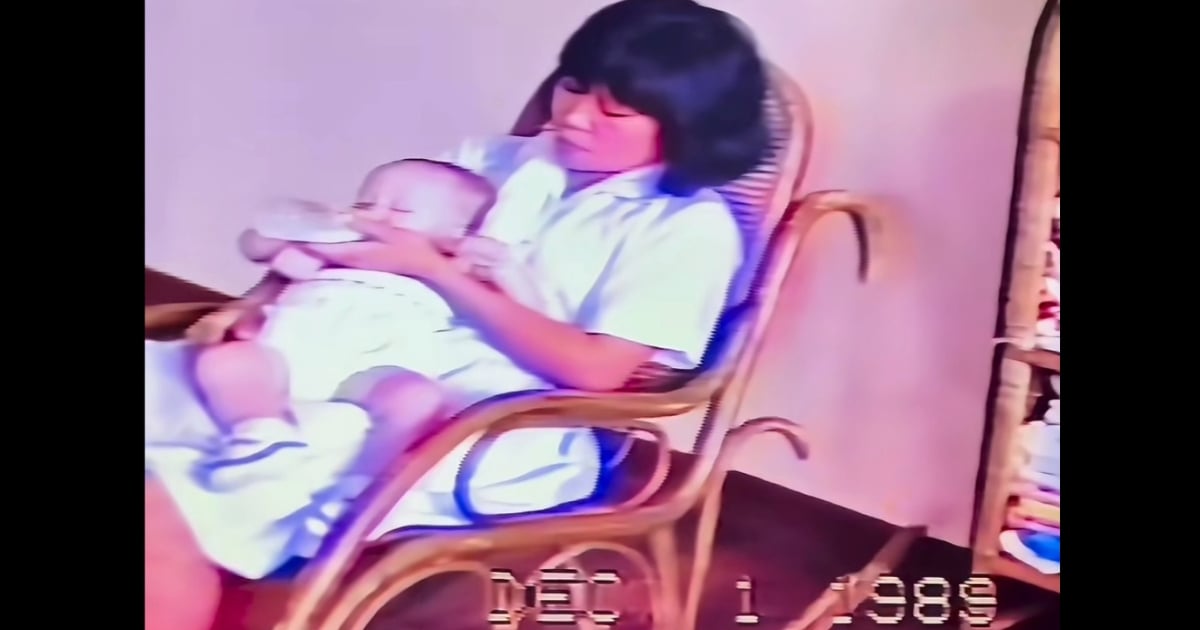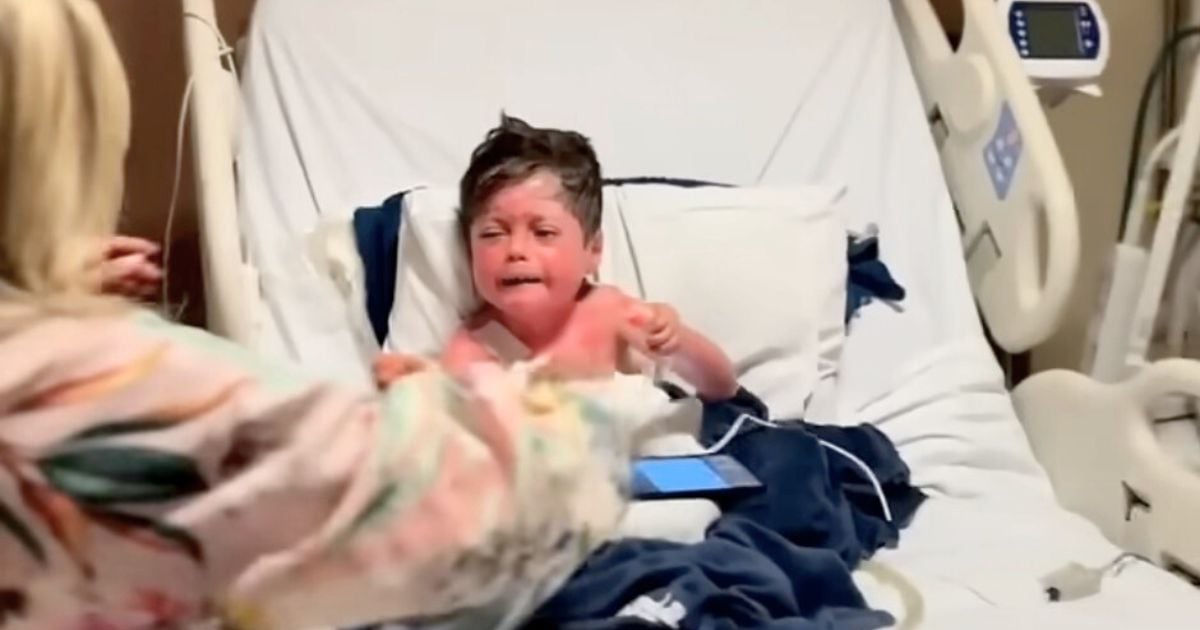DNA tests are all the rage, with thousands of people all over the world finding out the “truth behind their ancestry.” But how accurate are the tests, really? One study recently put that question to the test — by testing three sets of identical triplets and one set of identical quadruplets.
It was no easy task to track down sibling sets like these.
Only between 20 and 30 births out of one million will result in identical triplets (although non-identical triplets are much more common at about 1 in 8,000). Identical quadruplets, unsurprisingly, are even rarer. They only occur in one out of about 11 million births.


Twins, triplets, and quadruplets can result from one of two ways.
Either the mother ovulates multiple eggs that are simultaneously fertilized, or one egg is fertilized and then splits. This results in identical babies. Because they come from the same egg and sperm, they have identical DNA. And that should, in theory, be reflected in a DNA test.
Researchers used three different DNA tests to test three sets of identical triplets and one set of identical quadruplets. They were surprised by the results.


Erica McGraw and her identical triplet sisters Nicole and Jaclyn awaited the results.
And finally they came in: They were 99 percent European. But things diverged when the tests showed the countries they came from.
Nicole was 11 percent French and German, while Erica was 22.3 percent and Jaclyn 18 percent.
“I am surprised at that because we came from the same egg and the same DNA,” said McGraw. “How are our ancestries all different?”


The Maynard triplets, Mandy, Erin, and Melissa, had a similar experience with their DNA test kit.
Erin’s results showed 59 percent British Isles ancestry, while Mandy’s showed 66 and Melissa’s 70. Similarly, Mandy Maynard had 6 percent Scandinavian DNA while the others had 0 percent.
“That’s weird,” she said. “I don’t like it. It’s the exact same DNA that they tested.”


However, it wasn’t an issue for New Jersey triplets Christine, Carolyn, and Cynthia.
Nor was it a problem for California identical quads Christina, Janelle, Jodi, and Catherine.
So, what’s the reason for the weird results? Dr. Travis Stork, host of “The Doctors,” explained that it really comes down to subtle differences and inaccuracies in the DNA testing process.
“We’re not to a place yet where you can just spit in a cup and have every single answer that you’re looking for,” said Stork. “I think that that’s what people need to be aware of.”


The good news?
DNA test kit companies are adjusting their methods to cut back on inaccuracies and better pinpoint results. With any luck, people who do DNA testing in the future will be able to better rely on these tests.


This is all very fascinating to watch.
Please SHARE this with your friends and family.















